On September 23, the Customs issued a series of cases concerning the interception and return of solid waste, involving the Customs of Guangzhou, Shenzhen, Xiamen, Weihai, Hangzhou, Nanjing, Maoming and Qinzhou. The total amount of solid waste was 21,536.145 tons, of which the largest amount of solid waste was 193,000 tons of "iron ore powder", involving 49.4 tons of waste plastics.
At the recent 10th meeting of the Central Committee for Comprehensive and Deepening Reform, it was pointed out that plastic pollution should be dealt with actively and effectively. Customs is very resolute about "prohibiting the import of solid waste", and all of them will be returned.
|
|
|
|
Enterprises should not take risks and try their best!
|
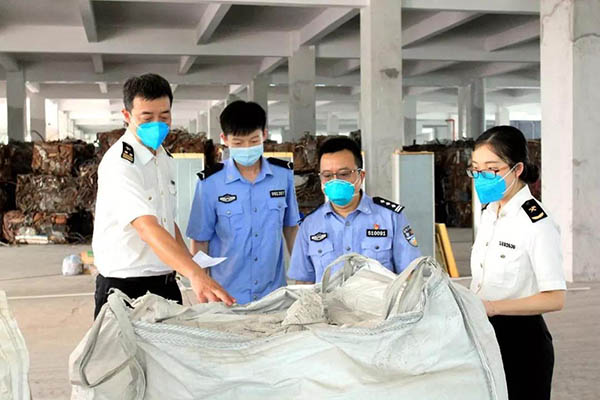
On August 26, Guangzhou Customs returned a case of smuggling solid waste involving aluminum ash, totaling 644 tons. This is the largest number of “foreign garbage” returned by Guangzhou Customs in recent years. Under the supervision of the customs officers of Nansha Customs, which is owned by Guangzhou Customs, the “Nianchun” wheel carrying 18 cabinets and a total of 411 tons of aluminum ash slag slowly left the Nansha Port terminal. In addition to the 233 tons of aluminum ash slag that was previously shipped and shipped, Guangzhou Customs returned a total of 644 tons of waste aluminum slag.
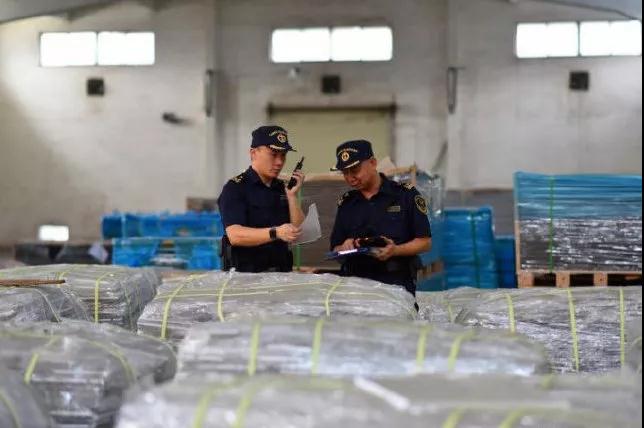
The Customs office of Foshan Customs in Guangzhou Customs returned 21.5 tons of solid waste. This batch of solid waste was declared by the company in the name of “acrylic sheet/defective (PMMA)”. The customs officers of Foshan Customs in Shunde were inspected. When it was found that the physical object did not conform to the declaration, it was sampled and identified and belonged to the state's banned import of solid waste. In order to avoid pollution to China's environment and refuse to "foreign garbage" outside the country, the Customs ordered the enterprise to return the batch of solid waste that is prohibited from importing, supervise the solid waste on site, and ensure the actual departure by monitoring the ship's trajectory in real time territory.
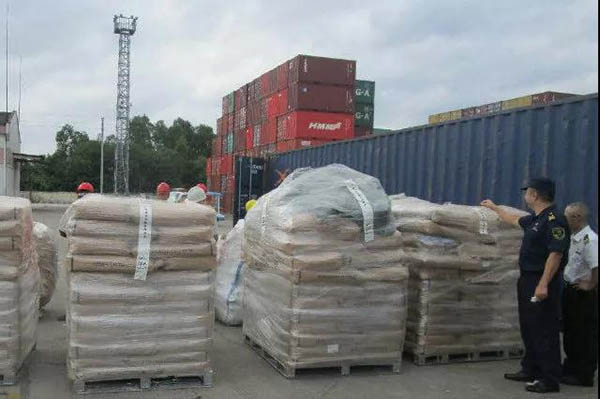
|
|
|
|
The customs officers of Foshan Customs' Sanshui Office of Guangzhou Customs found that the weight of the shipment was 27.9 tons, which was declared as “polypropylene reclaimed rubber pellets”. However, the cargo size and color were uneven. The irritating odor is large, which is quite different from the normal regenerated rubber particles. Upon inspection, the result of the identification of the batch of goods was waste plastic, which was prohibited from importing solid waste. The shipment has been ordered to be returned to the country.
|
The Customs and Excise Department of Zhaoqing Customs, which is affiliated to Guangzhou Customs, inspected the small vessels of Hong Kong and Macao in the Xiaojiang waters of Xijiang, and found that 2.2775 tons of old clothes were hidden in the air cabin on the right side of the ship. Currently, it has been returned for processing.

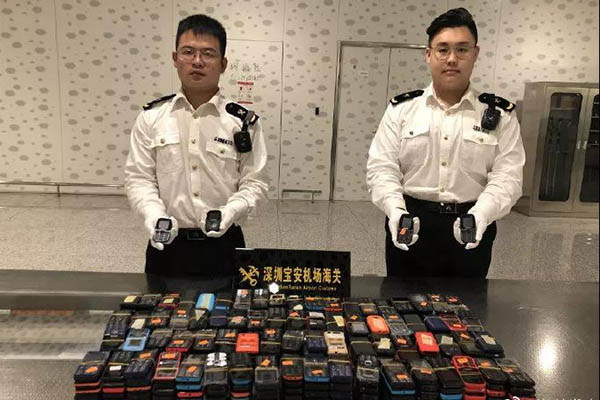
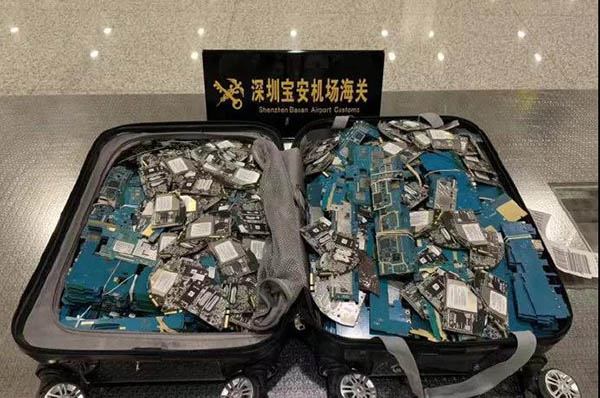
On September 1st, Shenzhen Baoan Airport Customs, which is owned by Shenzhen Customs, inspected the inbound passenger inspection hall of T3 terminal and seized 17.5 kilograms of used integrated circuit board. This is the third passenger that has been intercepted for nearly half a month to carry imported electronic products. Upon inspection, the panels were outdated, components were aging and the line was faulty. At present, the intercepted used mobile phones, circuit boards, etc. have been sent to professional institutions for identification.

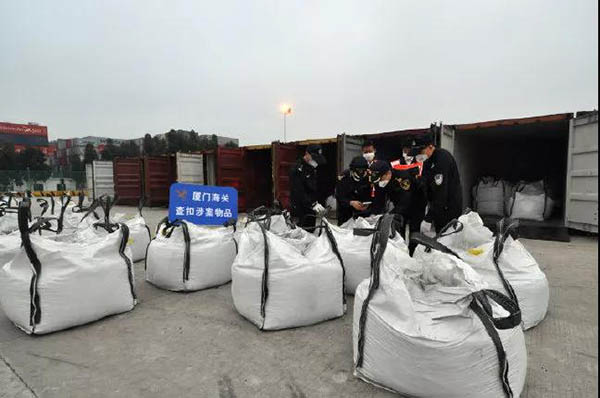
On August 29, under the supervision of Xiamen Customs, a cargo container carrying 10 containers of 210 tons of waste zirconium refractories slowly left the Xiamen International Container Terminal. This is the largest batch of stagnant solid waste that has been returned to the country this year. The batch of solid waste was delivered to Haishu Port on October 9, 2018. It was identified as a national ban on the import of solid waste. At present, the Anti-smuggling Bureau has conducted criminal investigations on the case and the case is under investigation.

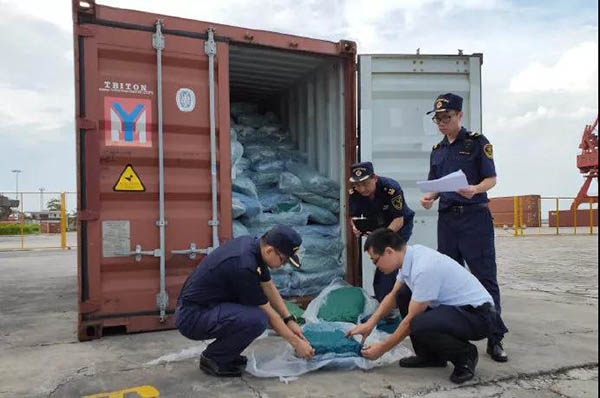
A company named Maoming declared to import a batch of recycled rubber sheets originating from Malaysia to Maoming Customs. When the Customs officers went to the site for inspection, they found that the goods were abnormal in shape and color difference, and then sampled for inspection. After identification, the shipment belongs to China's banned import of solid waste rubber, with a total weight of 47.7 tons. It is understood that waste rubber is a polymer that is difficult to degrade. Especially the waste tire has strong heat resistance and mechanical resistance. It is an internationally recognized hazardous waste and has the name of “black pollution”. At present, the case has been transferred to the customs anti-smuggling department for further processing.

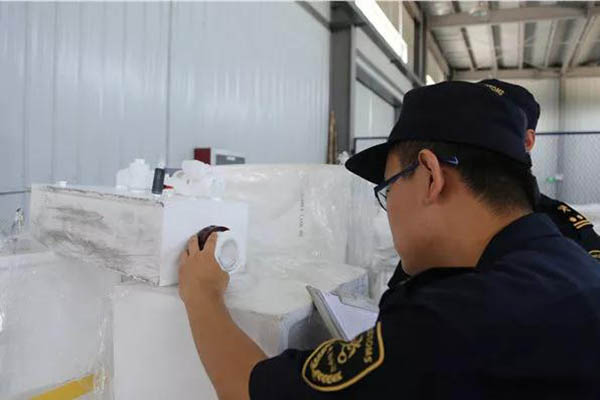
Weihai Customs seized 8.75 tons of waste water pumps and cleaning sinks. Inspecting the customs officers during the inspection of a shipment of goods declared by a company from South Korea, it was found that the declared water pump and washing water tank had traces of use, and some of the water tanks contained mud and suspected solid waste. After the appraisal by the professional department, it was confirmed that the total of 1.75 tons of water pumps and 7 tons of cleaning water tanks are “other waste mechanical and electrical products and equipment” in the thirteenth category listed in the Catalogue of Prohibited Imported Solid Wastes in China. waste. At present, the Customs has temporarily detained discarded mechanical and electrical products for further processing.

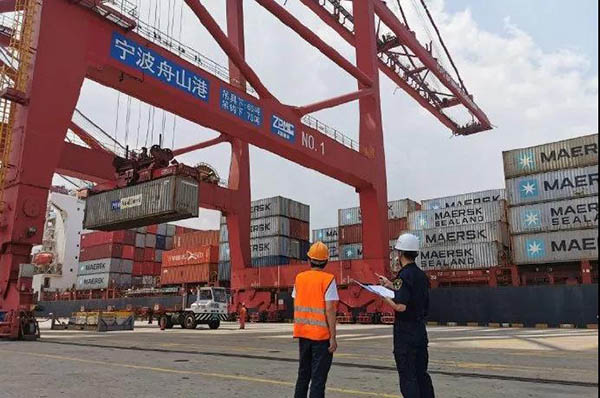
On August 22, under the close supervision of the customs officers of Zhoushan Customs under the Hangzhou Customs, two batches of 275 tons of banned import of solid waste were shipped out of Hong Kong and returned to Hong Kong. This is the on-site cargo channel of Hangzhou Customs at Zhoushan Port since last year. Two batches of solid waste were seized and returned the most. The two batches of solid waste were declared in the name of “low-density polyethylene” by an enterprise in Taizhou. During the inspection, Zhoushan Customs officers found that the goods were plastic particles containing strange particles and odor stimuli. The mixture of scraps and scraps produced during the reprocessing of waste plastics is a national ban on imported solid waste. In order to avoid pollution of the environment caused by long-term detention of the port, Hangzhou Customs has repeatedly interviewed, supervised and instructed the domestic consignee to perform its statutory duties and obligations, timely handle the procedures for returning the goods, and dispatched the on-site customs officers to supervise the solid waste. Install the boat to ensure that the goods are actually returned to the country.

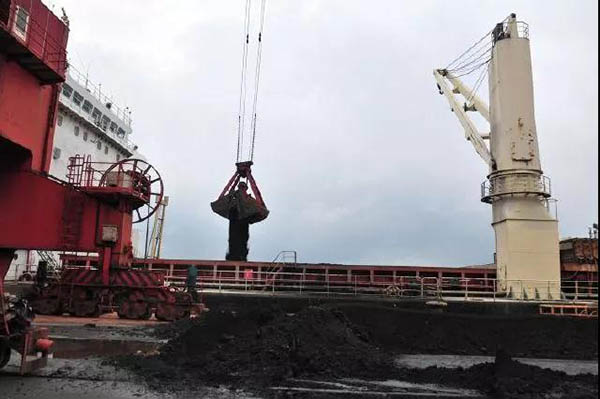
Under the supervision of Jingjiang Customs under the Nanjing Customs, 19,300 tons of imported solid waste drove off the Jingjiang Sanfeng Port Terminal and was returned to the country. Previously, a company applied for a batch of “iron ore powder” to enter the country. When Jingjiang Customs officers checked the customs declaration and on-site
inspection, they found that the goods arriving at the port did not match the declared goods. After sampling and appraising, it was confirmed that the goods were actually “other copper smelting”. "Slag", which is a solid waste prohibited by the state.

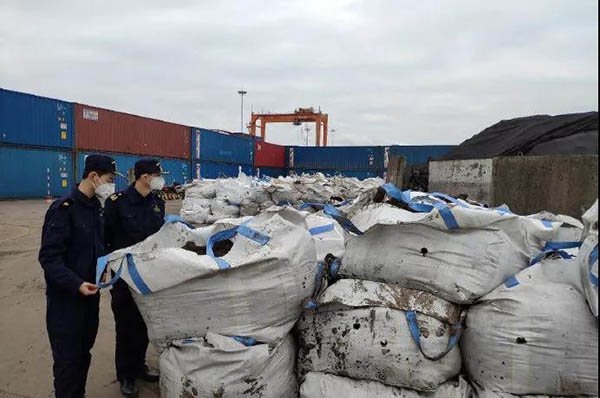
A company in Guangxi, with the name of high-carbon ferrochrome, declared to import and export 999 tons of goods to Qinzhou Port Customs, with a total declared price of 965,800 US dollars. After the goods were analyzed by the Nanning Customs Risk Control Bureau, they were checked for inspection due to the high solid waste risk. Qinzhou Port Customs inspected and sampled and sent inspections according to the instructions of the control. The identification results showed that a large number of black porous porous objects attached to the surface of the cargo were “residue slag remaining in the smelting process”, which belonged to the solid waste prohibited by China at present. At present, the shipment has been handed over to the private sector for further follow-up treatment.

